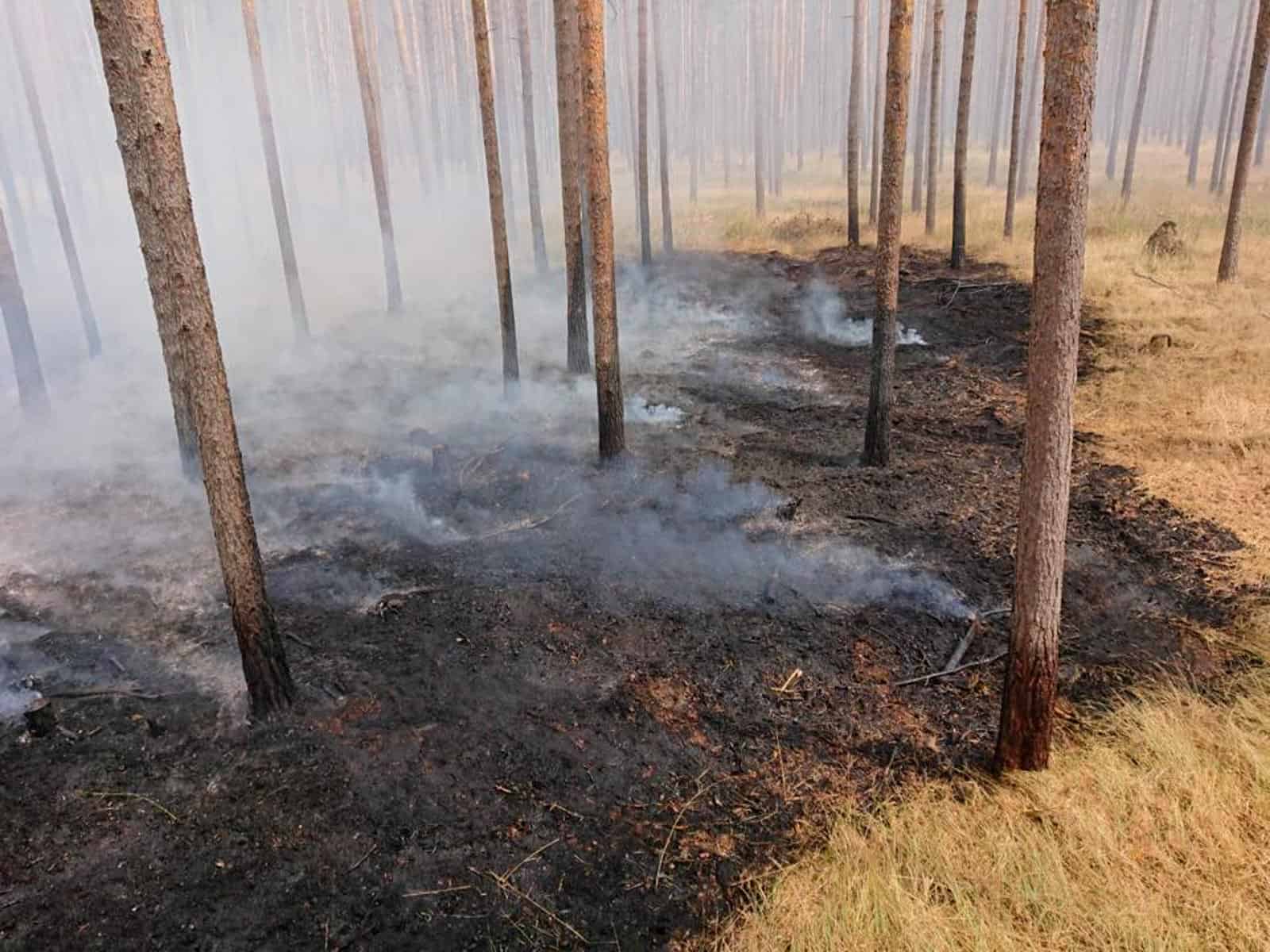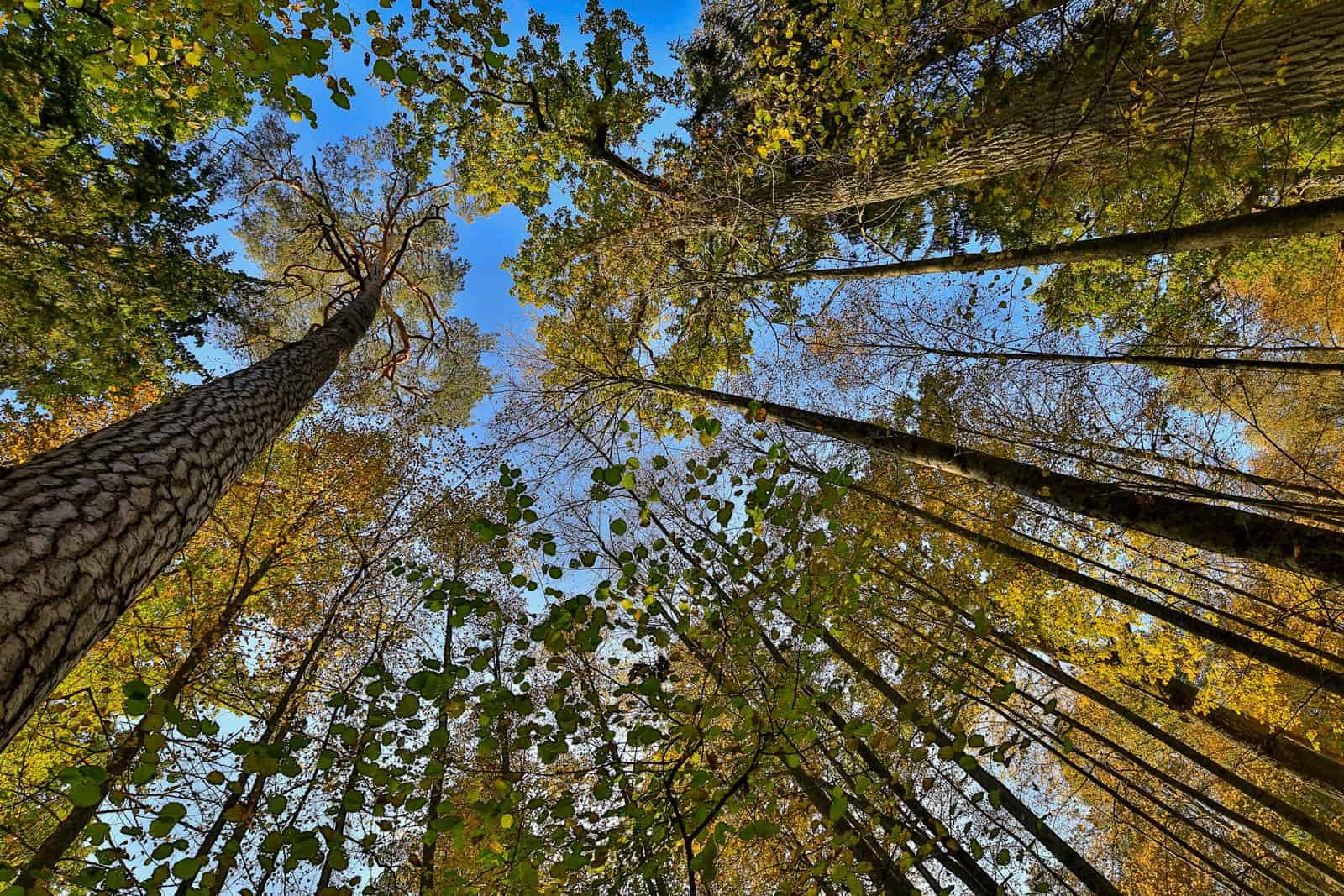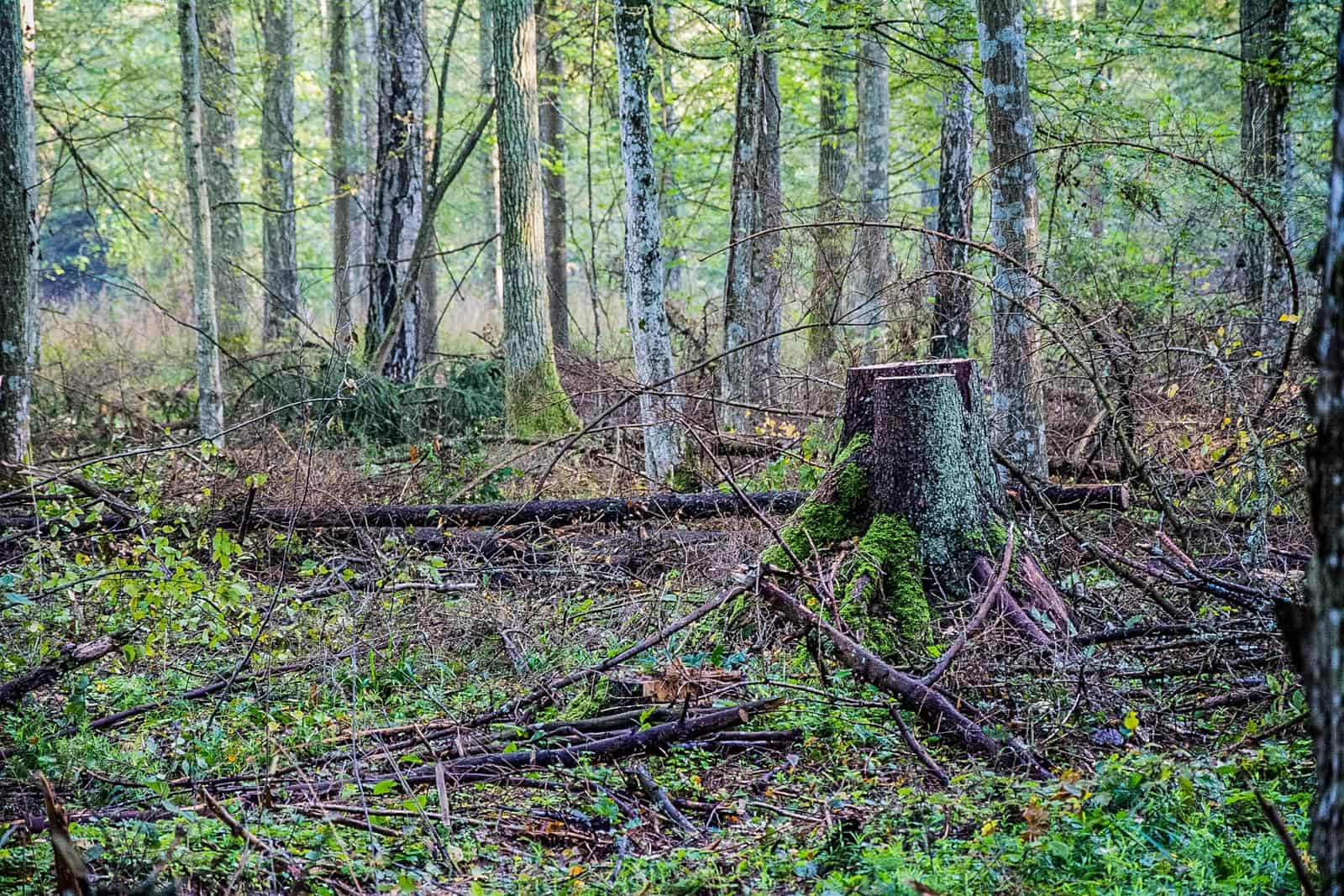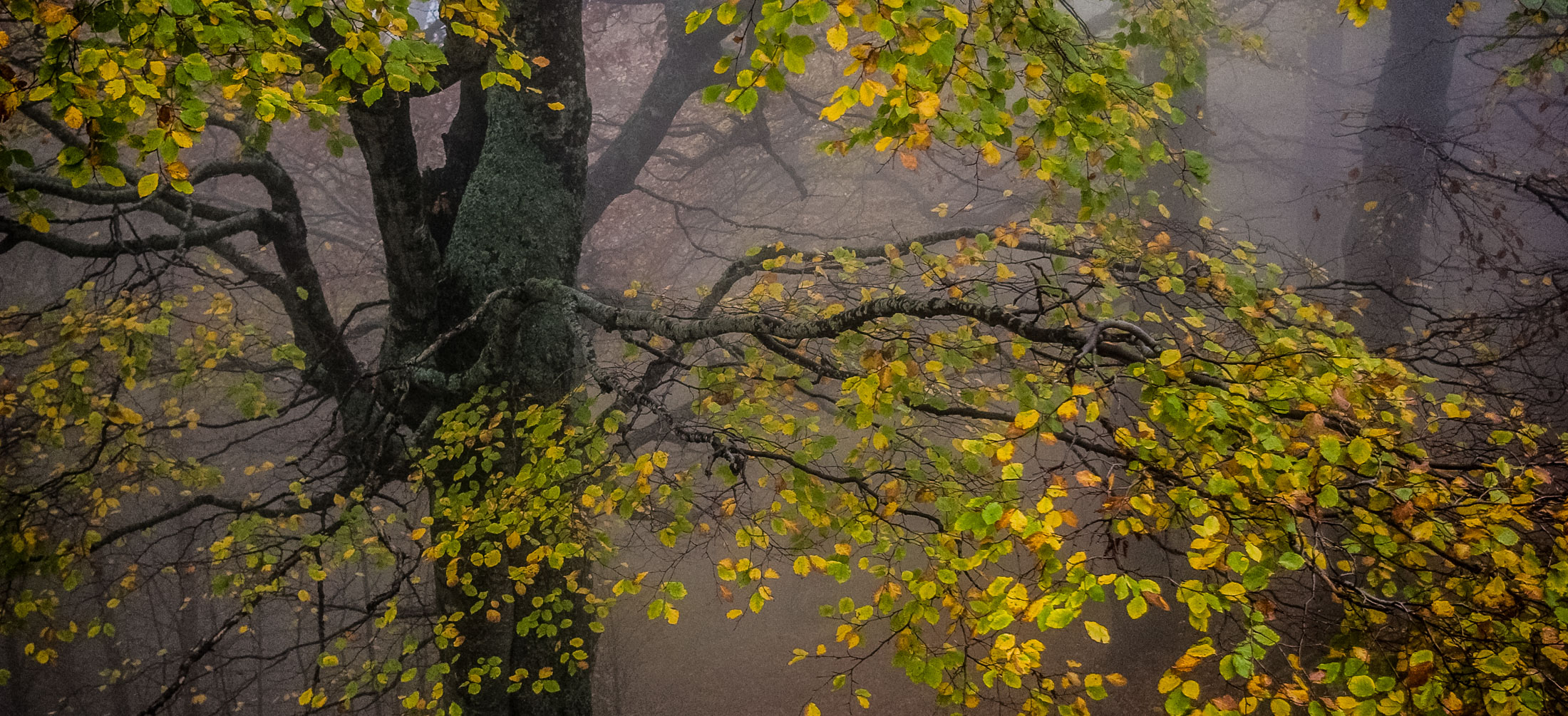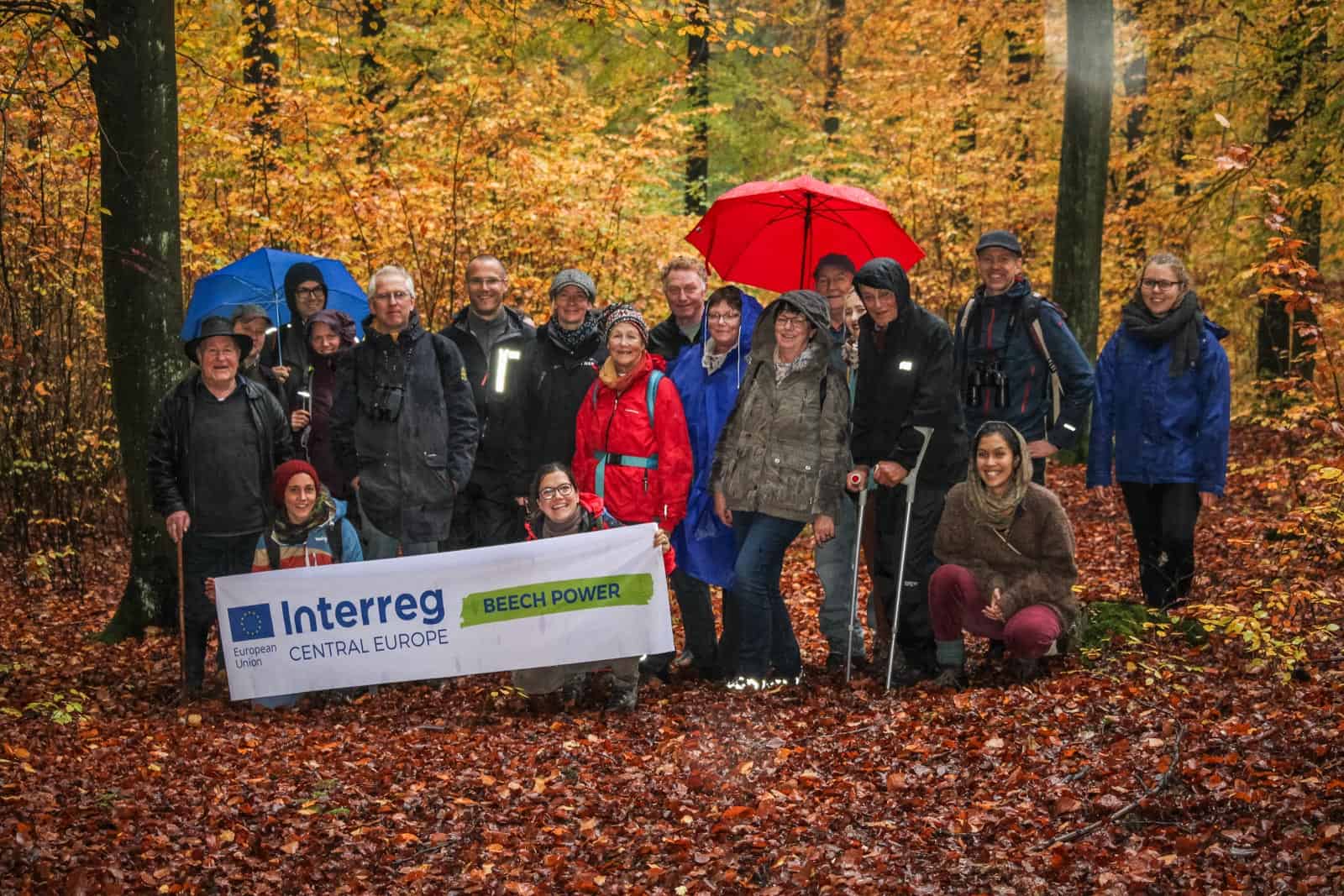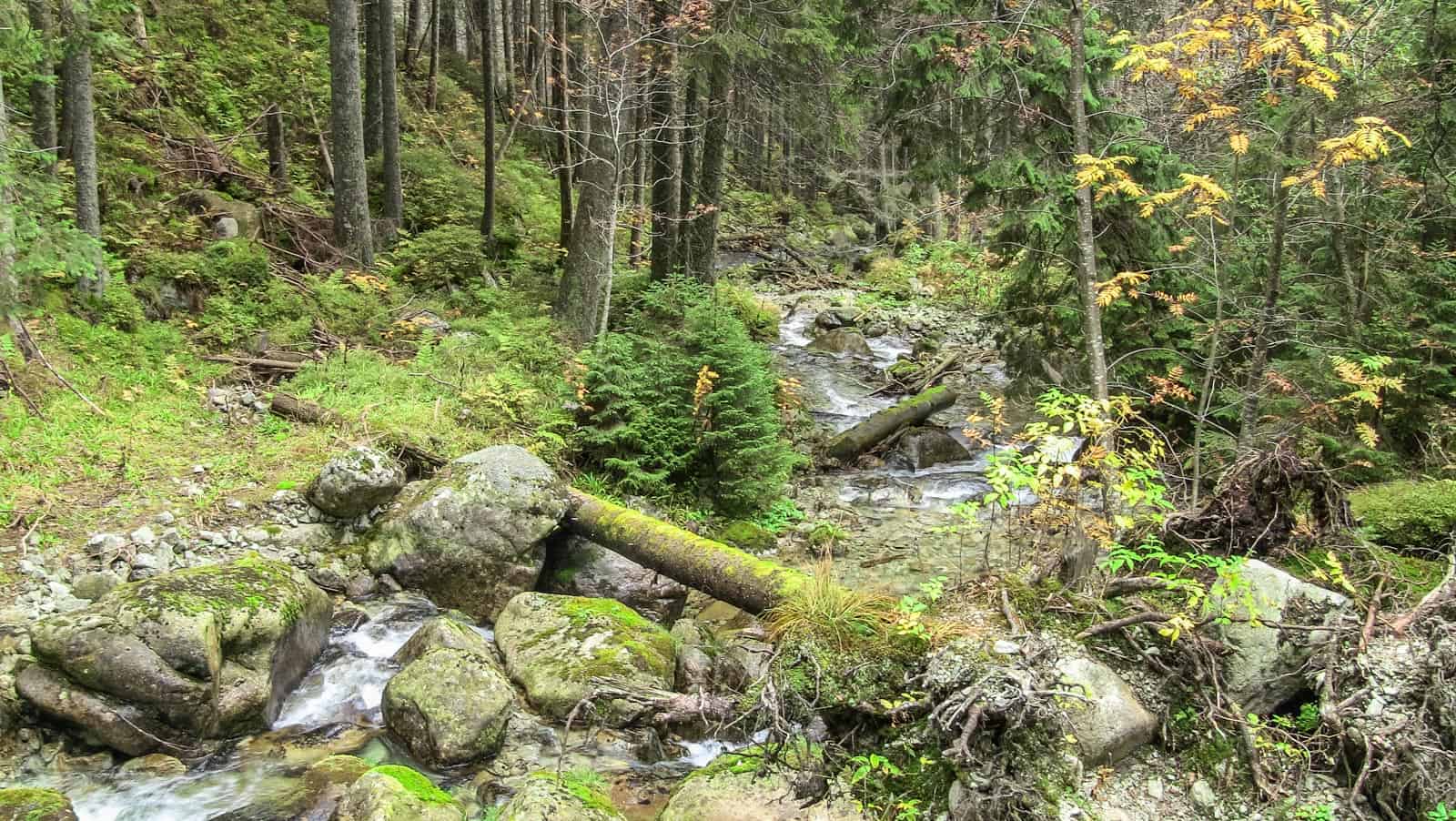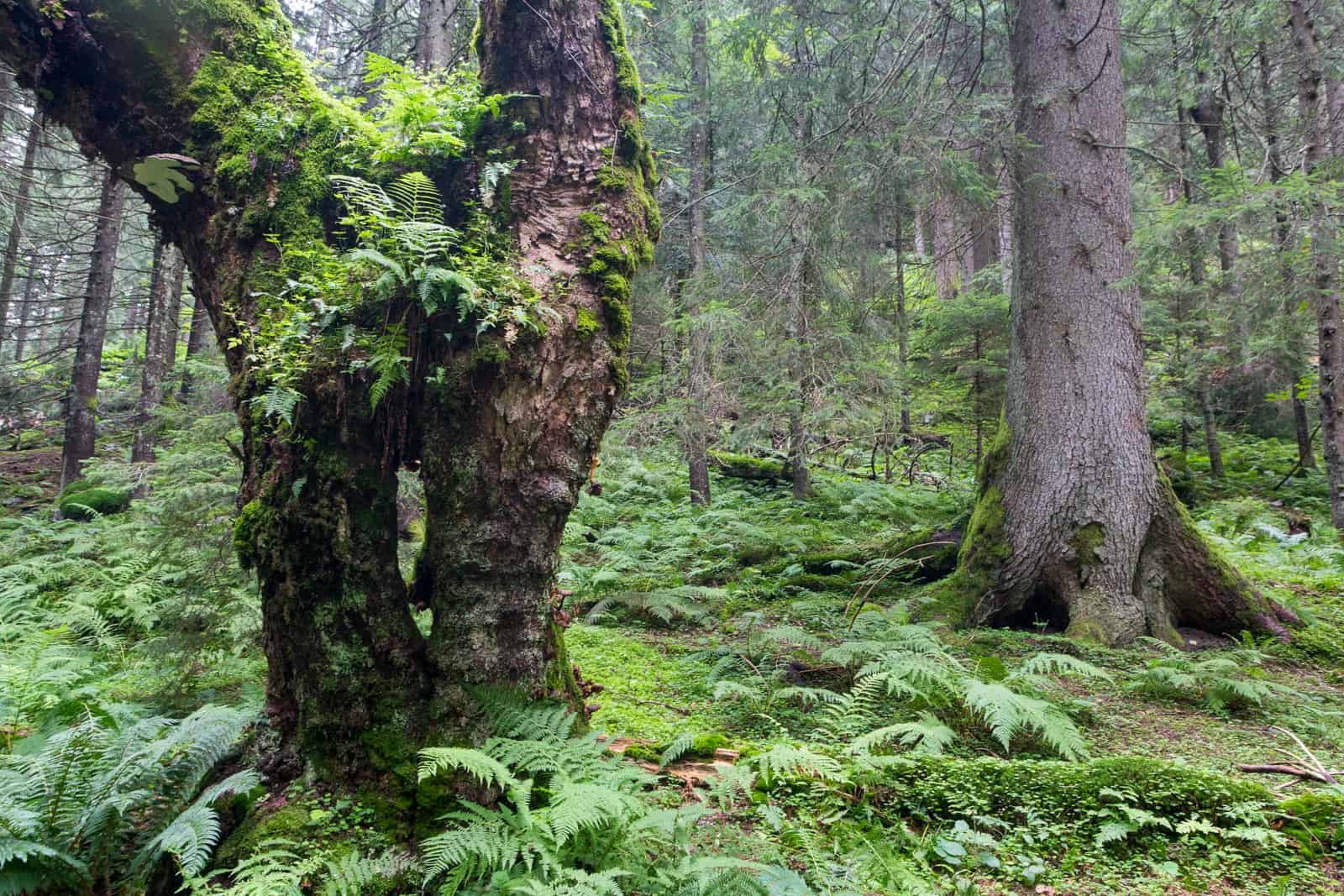Dying forests
In the recent years, forestry in Europe has become an increasingly monitored activity. Especially from the perspective of dying forests and the logging of extensive forest stands. Slovakia is no exception. Let’s have a look at the situation in this country from this point of view.
Slovakian forests in the past
In the distant past, Slovakia was completely forested. Research shows that besides the bare rocks and areas above tree lines, forests covered ca. 95% of todays Slovakian territory. The very first signs of deforestation in this country, started when people gradually switched to agricultural production.
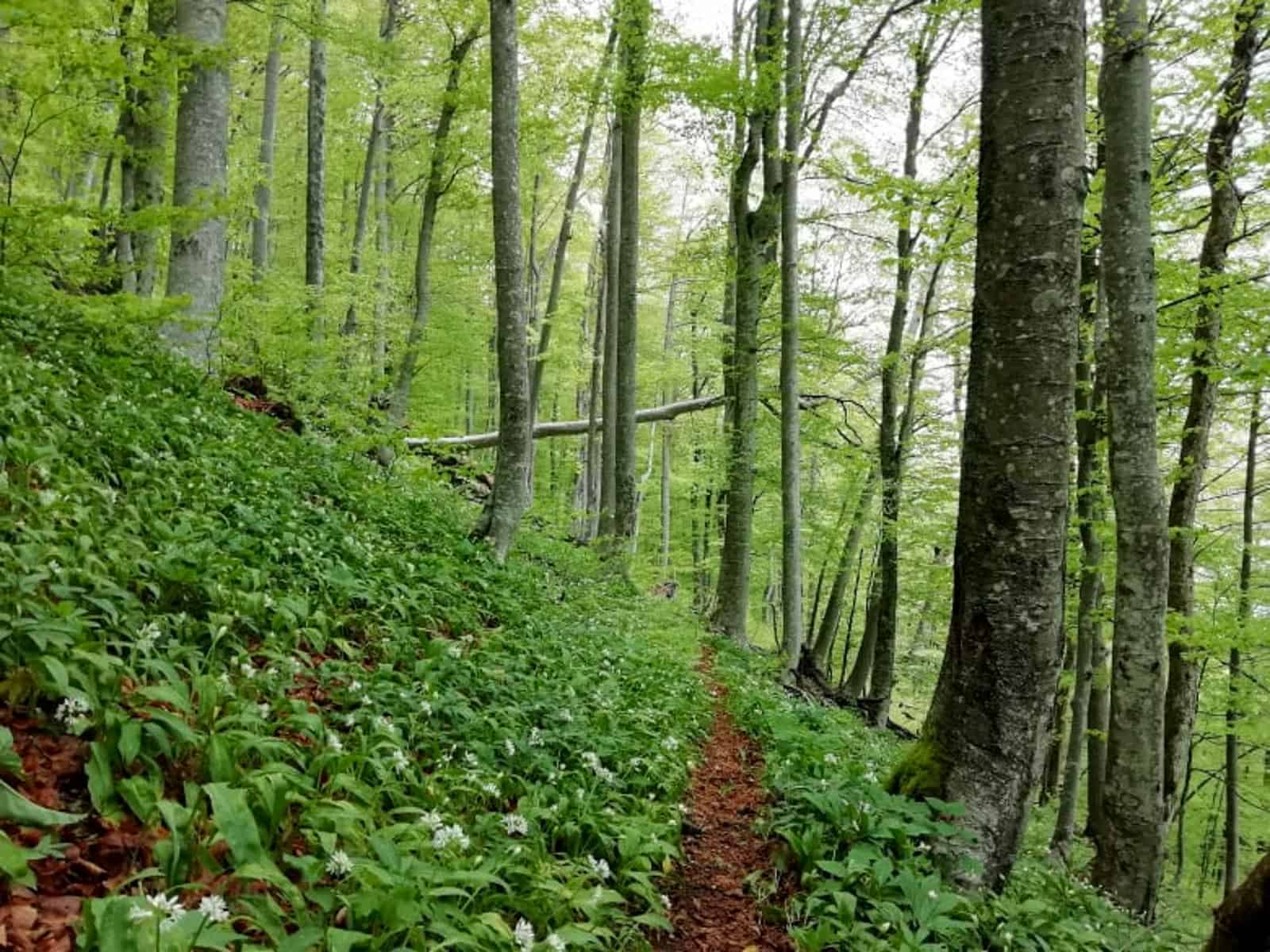
Heavy deforestation
The biggest areas of deforestation, started particularly around the villages and settlements. These activities dramatically reduce forest coverage. This has been happening for almost 1000 years until now. The following wave of heavy deforestation, started with the Wallachian colonization in the 14th century. The result of this deforestation, was that Slovakia lost the majority of its native forests.
The second wave of deforestation came, when the Wallachians started to colonize the Carpathian Mountains. Following the mountain ridges, they came to todays Slovakia from the Balkan Peninsula. The reason was that Wallachians needed pastures for their livestock (sheep, goats, horses and cattle). They purposely created mountain meadows in which these animals grazed. The result, was that the tree line in the Slovakian mountains dramatically decreased. More or less, from 300 up to 350 meters.
Old growth forest in Slovakia
Before deforestation was done with a specific purpose, gaining land for agricultural production, something was different. The Forests in Slovakia (particularly in the mountains) were very diverse, natural and wild.
Only recently, and only some foresters, start to fully understand and to reveal what kind of forests grow on specific habitats. This knowledge leads to the effort of restoring forest composition and structure of previous forest.
Forest management in the past
Despite of that, on the majority of currently forested land, forest managers create a so called: man-made forest. In these kinds of forests, very often 2 generations (somewhere even 3 generations) of spruce monocultures were artificially planted.
This happened in the areas where in the previous centuries, a natural wild forest used to grow. That was at the time, when in the central part of Slovakia, beech forest prevailed. Accompanied with spruce and fir created the typical three-combination mixed, multi-aged forest.
Motivation for current foresters
Knowing this, current Slovakian forest managers, more often have an ambition to reconstruct such original tree compositions. For example, they started to introduce to the artificial planted spruce monocultures other species. Among them, beech, fir and other trees such as pine, maple and oak. Foresters long term ambition is to plant diverse, multi-age forests, providing timber but also wide spectrum of other forest benefits.
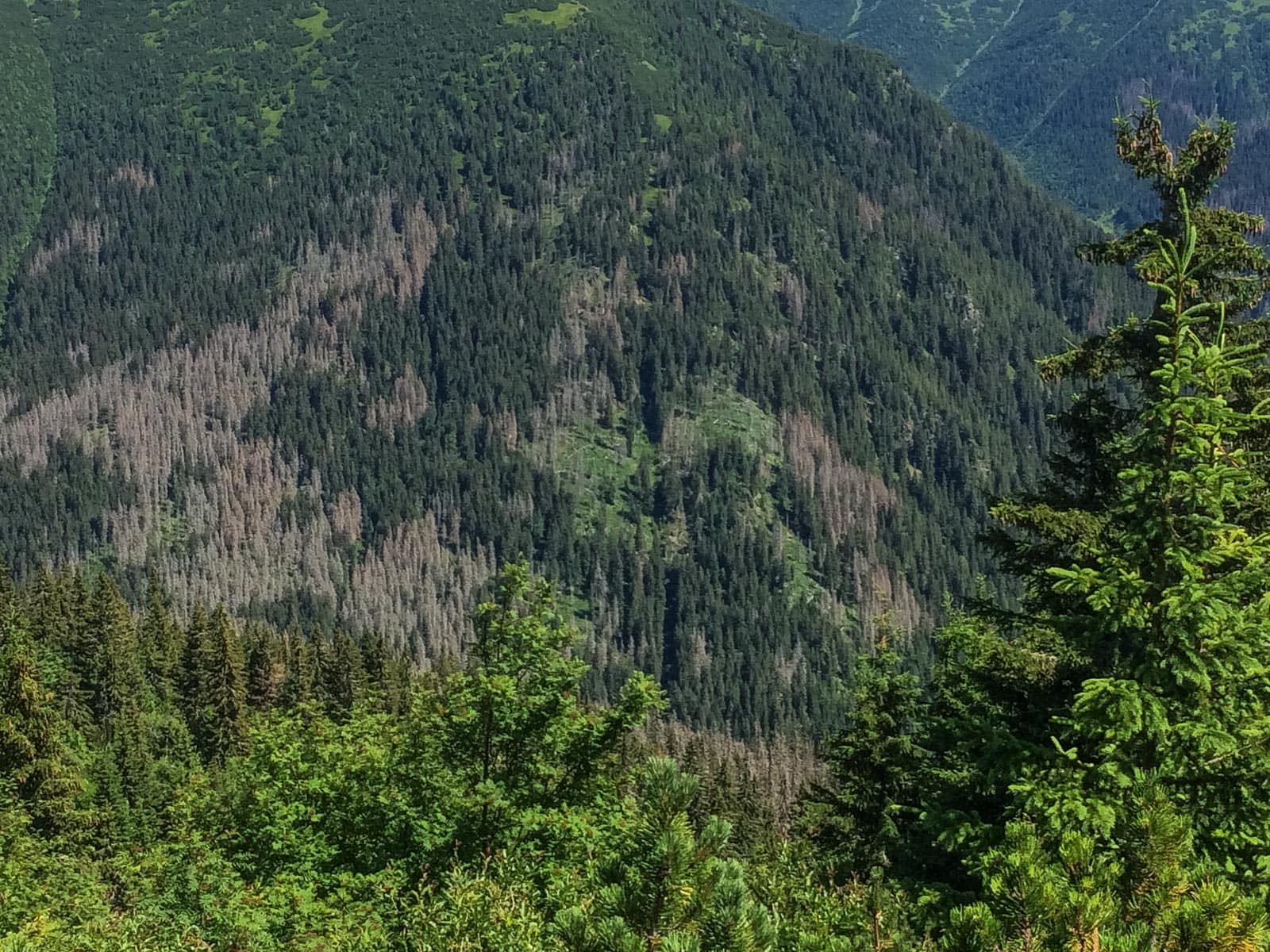
Conclusion
Slovakia used to be an heavily forested land. Old-growth forests covered the majority of the land. Forests during that time used to be the main obstacle to travel and explore the land (particularly the remote corners of the country). The lack of technical tools to make logging easier, significantly slowed down the process of deforestation. Deforestation was slow and took many centuries, but finally, it left significant damage on forests throughout the country.

